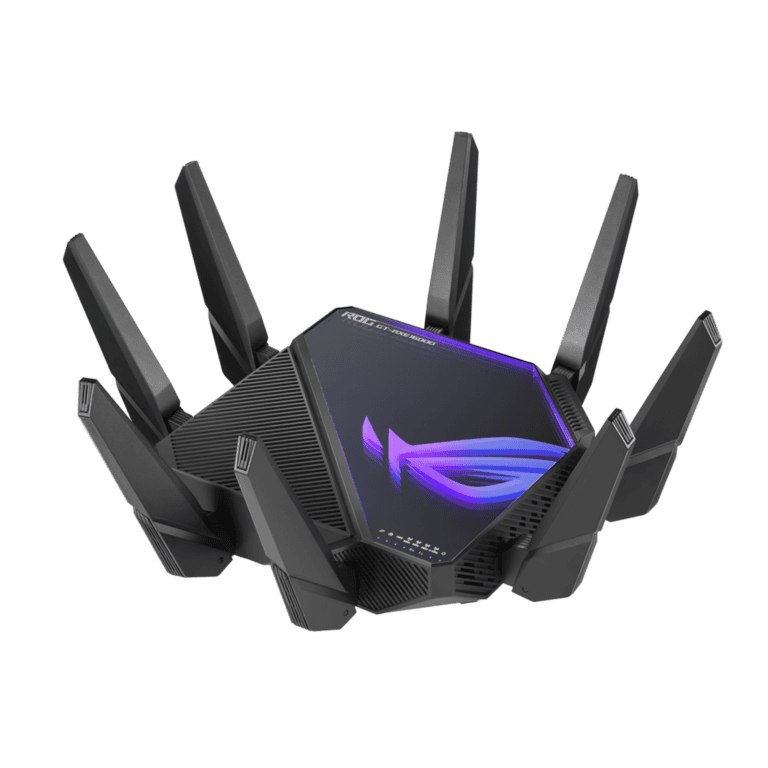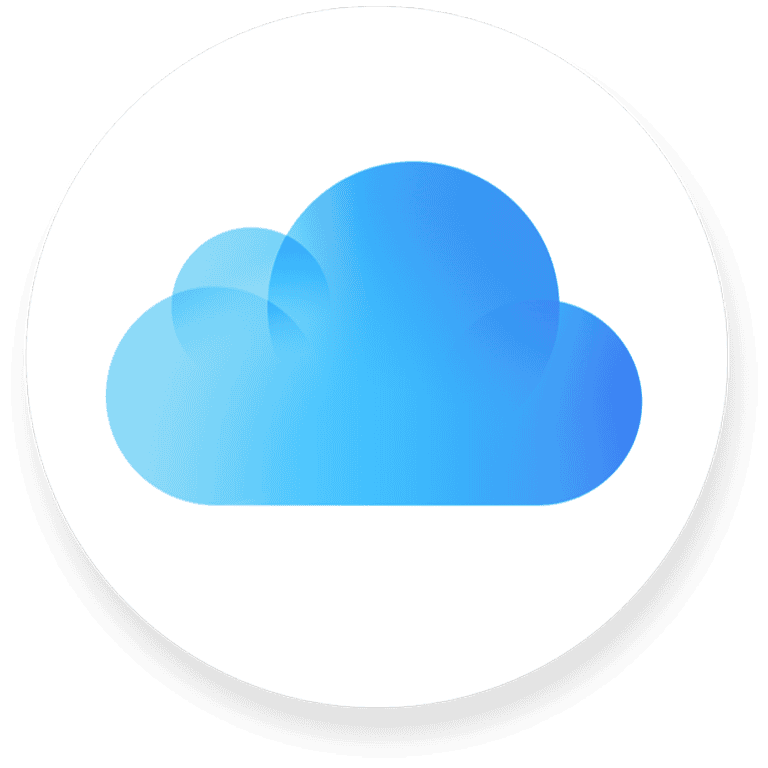
AT&T’s fiber rollout just hit a major milestone—and it’s not slowing down anytime soon. As of June 2025, the telecom giant has officially passed over 30 million homes and businesses with its all-fiber broadband network. That puts it halfway to its ambitious goal of reaching 60 million locations by 2030, and it’s ahead of schedule.
But this isn’t just a numbers game. The implications stretch across markets, technologies, and consumer access. Here’s how AT&T is doubling down on fiber and why it’s drawing serious investor interest.
🚀 Reaching 30 Million Fiber Locations — Ahead of Schedule
AT&T’s milestone cements its position as the largest fiber internet provider in the United States. According to the company, this growth is part of a long-term plan to reduce reliance on outdated copper infrastructure and transition to faster, more scalable fiber technology.
Compared to cable or DSL, fiber offers higher symmetrical speeds, lower latency, and greater bandwidth—key advantages for households streaming 4K content, gamers, remote workers, and future smart homes. As U.S. internet demand skyrockets, AT&T’s aggressive rollout is helping it meet rising expectations while staying competitive with rivals like Comcast and Charter.
🔗 Strategic Moves: Lumen Deal and Joint Ventures
To supercharge this expansion, AT&T recently struck a $5.75 billion deal to acquire Lumen Technologies’ Mass Markets fiber business. The acquisition adds:
- ~1 million residential customers
- ~4 million additional fiber-passed locations
- Coverage across 11 states, including Colorado, Minnesota, and Washington
The transaction, set to close in early 2026, gives AT&T a significant footprint in underserved and mid-tier urban markets—many of which are central to closing the digital divide.
Meanwhile, AT&T’s Gigapower joint venture with BlackRock continues to deploy open-access fiber across more communities. This includes builds in Arizona, Florida, Texas, and Minnesota, often in collaboration with local municipalities and public-private partnerships. These ventures allow other ISPs to use the infrastructure too, spreading the benefits beyond just AT&T customers.
📈 Wall Street Responds: AT&T Added to Goldman Sachs’ Conviction List
Goldman Sachs took note, adding AT&T to its “Conviction List” with a Buy rating and a $31 price target. Analysts highlighted the fiber initiative as a core growth driver that could help stabilize and eventually grow AT&T’s consumer broadband revenue.
Shares jumped nearly 2.6%, closing at $28.59—their highest level since April 2025. Investors are increasingly viewing AT&T not just as a legacy telco but as a forward-facing infrastructure powerhouse.
🔮 Long-Term Outlook: A Full Copper Sunset and Revenue Upside
Between 2020 and 2024, AT&T poured more than $145 billion into network upgrades, including both mobile and fiber infrastructure. During that time, it added 5.7 million fiber customers. Over the next several years, AT&T will continue transitioning customers off its old copper lines and migrating them to fiber—a move expected to reduce maintenance costs and improve service reliability.
AT&T is also likely to benefit from regulatory changes, including support from the FCC to decommission copper lines, which can speed up the migration process and reduce operational redundancies. That creates a long-term runway for broadband revenue acceleration post-2028.
💡 The Big Picture
AT&T isn’t just keeping up—it’s setting the pace. By reaching 30 million fiber locations ahead of target, locking in a transformative acquisition with Lumen, and drawing renewed investor confidence, the company is firmly positioning itself as a future-proofed, fiber-first provider.
As digital demand continues to grow, and the U.S. pushes for broader broadband equity, AT&T’s infrastructure will be a critical piece of the nation’s connected future. The 60 million mark by 2030 isn’t just aspirational anymore—it’s in sight.
AT&T Cloud Voice with Webex Go
AT&T Cloud Voice with Webex Go combines mobile and business communication into one seamless experience. This solution extends an AT&T phone number to the Webex Calling platform. Users can make, receive, and transfer calls securely using AT&T’s 5G network.
The service enhances productivity by enabling a mobile-first unified communications experience. Employees can use their smartphones for both personal and work calls without juggling multiple devices or numbers. This flexibility supports hybrid work models and improves user experience.
AT&T Cloud Voice with Webex Go offers enterprise-grade calling features. It provides built-in security and compliance measures. The solution also has the potential to reduce costs by eliminating redundant phone systems and calling plans.
Key Takeaways
- AT&T Cloud Voice with Webex Go unifies mobile and business communications on a single device
- The service leverages AT&T’s 5G network for secure, high-quality calls through the Webex platform
- Users benefit from enhanced mobility, flexibility, and enterprise calling features
Deployment and Integration
AT&T Cloud Voice with Webex Go offers a streamlined deployment process. The solution integrates seamlessly with existing mobile infrastructure and prioritizes security and compliance.
Getting Started with Webex Go
Setting up AT&T Cloud Voice with Webex Go is straightforward. Users begin by initiating a Webex Go trial for new Webex Calling customers. The process involves filling out essential information such as company name, administrator email, and business vertical.
Customers select their country to determine the data residency region. This step ensures compliance with local regulations and optimizes service performance.
Once the initial setup is complete, users can extend their AT&T phone number to the Webex Calling platform. This integration enables secure calling using AT&T’s 5G nationwide network.
Mobile Operator and Connectivity
AT&T Cloud Voice with Webex Go leverages AT&T’s robust mobile network infrastructure. The service utilizes the carrier’s fast and reliable 5G nationwide network for superior call quality.
Users can make, receive, and transfer calls using their smartphones and AT&T phone numbers. This mobile-first approach caters to today’s fast-paced, mobile-centric workforce.
The solution supports native dialing, allowing employees to use their familiar phone interfaces. This feature enhances user adoption and simplifies the transition to cloud-based communications.
Ensuring Security and Compliance
Security is a top priority for AT&T Cloud Voice with Webex Go. The service incorporates built-in security measures to protect sensitive business communications.
Compliance features are integrated into the solution, helping businesses meet industry regulations. This is particularly important for sectors with strict data protection requirements.
AT&T’s Control Hub provides administrators with tools to manage security settings and ensure compliance. This centralized management interface allows for easy monitoring and adjustment of security parameters across the organization.
Optimizing Communication and Collaboration
AT&T Cloud Voice with Webex Go enhances mobile collaboration, integrates with the Webex Suite, and supports BYOD strategies. These features enable businesses to optimize their communication and collaboration for the modern workforce.
Enhancing the Mobile Collaboration Experience
AT&T Cloud Voice with Webex Go delivers a seamless mobile collaboration experience. Users can make and receive calls using their AT&T phone number on the Webex app. This integration allows for easy switching between devices without interrupting calls.
The solution offers enterprise-grade calling features, including:
- Call recording
- Voicemail
- Call history
- Screen sharing
- Chat
These features boost productivity for remote and hybrid workers. Employees can collaborate effectively from anywhere, using their preferred devices.
Webex Suite and Unified Communications
AT&T Cloud Voice with Webex Go integrates with the Webex Suite. This combination creates a unified communications platform for businesses. Users access voice, video, and messaging tools in one app.
Key benefits include:
- Simplified workflow
- Reduced costs
- Improved team collaboration
The Webex Control Hub provides analytics and management tools. IT teams can monitor call quality and usage patterns. This data helps optimize the communication experience for all users.
BYOD and Personal Devices Strategy
AT&T Cloud Voice with Webex Go supports Bring Your Own Device (BYOD) policies. Employees can use their personal smartphones for work calls. The solution adds a work line to existing devices, separating personal and business communication.
Benefits of BYOD with Webex Go:
- Cost savings on company-provided devices
- Increased employee satisfaction
- Improved work-life balance
IT departments maintain control over work-related communications. They can enforce security policies and manage business numbers centrally. This approach balances employee flexibility with enterprise security needs.
Frequently Asked Questions
AT&T Cloud Voice with Webex Go offers various features and integration options. Users often have questions about setup, troubleshooting, pricing, and comparisons with other AT&T voice solutions.
How can AT&T Cloud Voice with Webex Go be configured on an iPhone?
To configure AT&T Cloud Voice with Webex Go on an iPhone, users need to download the Webex app. They should then sign in with their AT&T credentials. The app will guide them through the setup process, which includes enabling necessary permissions for calls and notifications.
What troubleshooting steps should be taken when AT&T Cloud Voice with Webex Go is not functioning properly?
If AT&T Cloud Voice with Webex Go is not working correctly, users should first check their internet connection. They can also try restarting the Webex app or their device. If issues persist, users should contact AT&T support for further assistance.
What are the pricing models for integrating AT&T Cloud Voice with Microsoft Teams?
AT&T offers different pricing tiers for integrating Cloud Voice with Microsoft Teams. These typically include per-user monthly fees. Exact pricing depends on the number of users and specific features required. Businesses should contact AT&T sales for detailed quotes.
How does AT&T Voice Connect differ from AT&T’s other business voice solutions?
AT&T Voice Connect is a standalone voice solution. It differs from AT&T Cloud Voice with Webex Go in that it doesn’t include the Webex collaboration features. Voice Connect focuses on traditional voice calling functionality for businesses.
In what ways can AT&T Business Voice enhance organizational communication?
AT&T Business Voice enhances communication by providing high-quality voice calls. It offers features like call forwarding, voicemail-to-email, and conference calling. These tools help organizations stay connected and productive, whether in the office or working remotely.
What features are offered with AT&T Teams Phone Mobile?
AT&T Teams Phone Mobile integrates with Microsoft Teams. It allows users to make and receive calls using their AT&T mobile number within the Teams app. Features include call transfer, voicemail, and the ability to switch between mobile and desktop devices seamlessly.





